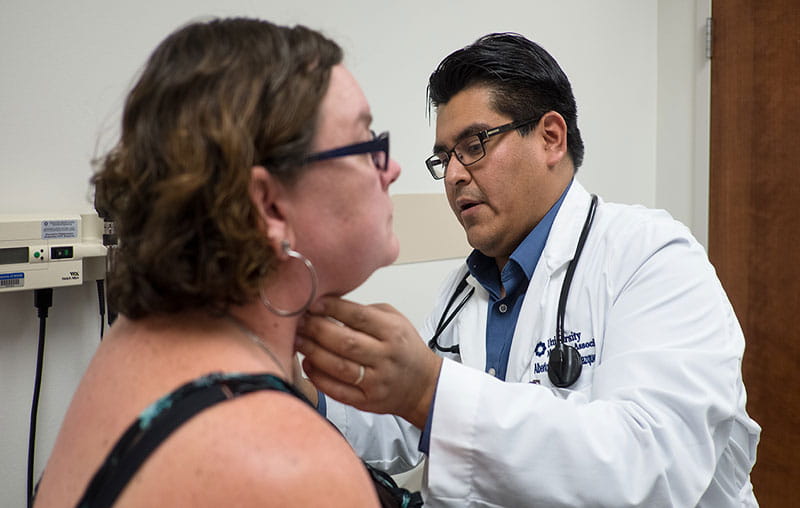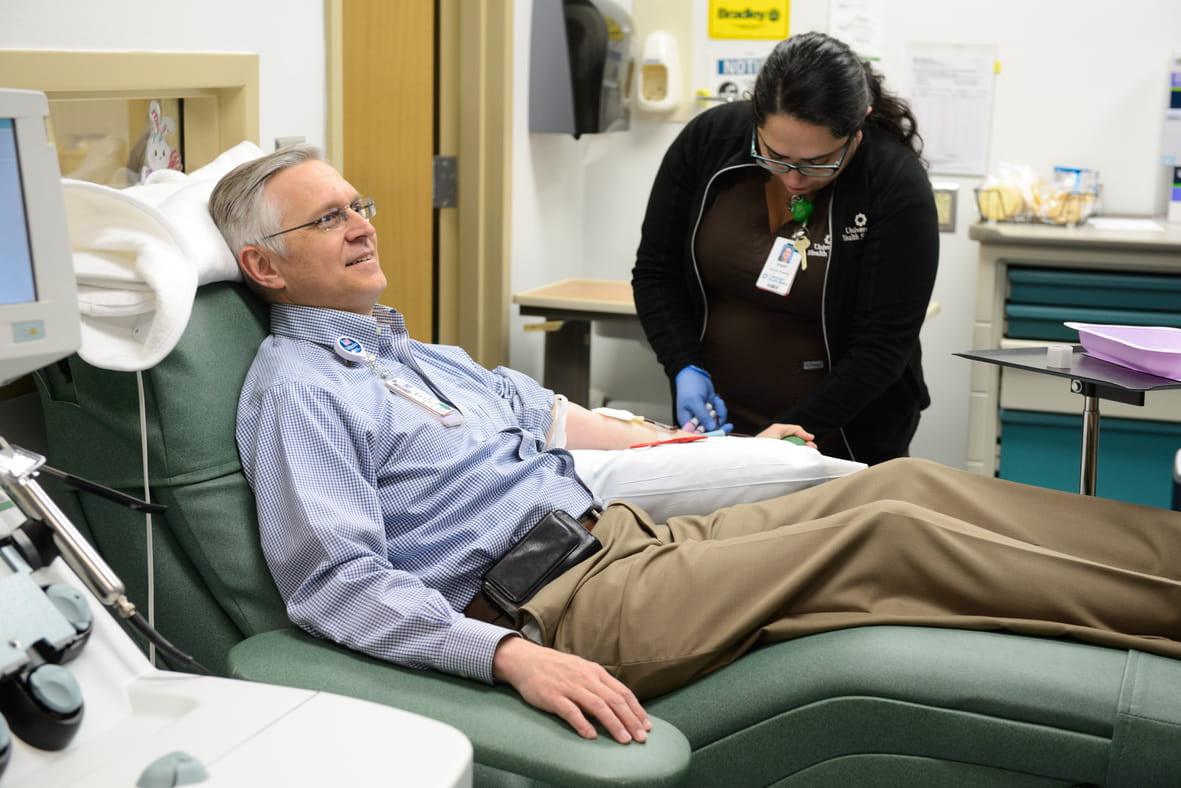These days, vaccines are a regular part of many developmental checkups. As we grow up and even as adults, we receive a number of vaccines, protecting us against everything from the flu to chickenpox. But have you ever really thought about the role those vaccines play in keeping you healthy?
Vaccines are a routine part of childhood, so most of us never realize how innovative they are and how many diseases they prevent. That’s a good thing—it means that in most cases, the diseases we’re immunizing against aren’t much of a factor in the United States now. Why is that? It’s because of vaccines.
Common Vaccines & How They Protect Us
Different vaccines are recommended at different stages of development, starting at birth and continuing into adulthood. There are many different vaccines, but these are some of the most common.Measles & Mumps
While these are two separate diseases, we are grouping them together because they can now be prevented using a single vaccine that also protects against rubella (MMR vaccine).
There has been an uptick in reported measles cases in the U.S. recently, according to the Centers for Disease Control and Prevention.
Measles is a contagious disease caused by a virus from the paramyxovirus family. The virus is spread through airborne respiratory droplets, and once infected, a person can experience a high fever and a distinctive rash of red spots. In rare cases, complications can occur, including inflammation of the brain.
Mumps is caused by a virus from the Rubulavirus genus, and it is also spread through respiratory droplets. It often causes swelling in the salivary glands, leading to a chipmunk-like appearance. While many infections are mild, mumps has been associated with a loss of fertility in men and an increased risk of developing meningitis, which can infect the brain.
Two doses of the MMR vaccine are 97% effective against measles and 88% effective against mumps. While the two conditions haven’t been totally eradicated in the United States due to transmission from outside the country, infection is rare.
Polio
In the years before a polio vaccine was discovered, poliovirus spread widely across the United States.
Some people infected by the poliovirus did not experience any symptoms or had only mild symptoms. However, in many cases, this virus caused serious health effects, including paralysis. Once the poliovirus invades the body, it replicates itself and eventually travels using the bloodstream, where it can make its way to the brain and spinal cord.
President Franklin D. Roosevelt had polio in his 30s and was confined to a wheelchair for the rest of his life due to paralysis.
In 1955, scientists discovered the first polio vaccine—the inactivated polio vaccine or IPV. This vaccine was given by injection. Today doctors still recommend IPV, and most people get it when they are 2 months old.
The vaccine’s effects are incredible. By 1979, polio had been eradicated from the United States.
Tetanus
Unlike polio, which is caused by a virus, tetanus is caused by a type of bacteria. This bacterium is found in soil and typically makes its way into the body through a puncture or wound.
This often happens when a person comes in contact with something made of glass or metal, such as nails. Once the bacteria are in the body, it releases toxins. These toxins cause powerful muscle spasms that can affect the throat and jaw, making it difficult to breathe. In up to 20% of cases, tetanus can result in death.
The first vaccine for tetanus was produced in 1924, and the vaccine was widely distributed to those serving in World War II. Today, the tetanus vaccine is distributed in combination with vaccines against other bacteria—in either the DTaP or Tdap vaccines, which also protect against diphtheria and pertussis (whooping cough), or the Td vaccine, which is a booster shot.
The tetanus vaccine is recommended every 10 years and is thought to have nearly a 100% efficacy rate.
Chickenpox
Chickenpox is caused by the Varicella Zoster virus. As recently as a couple decades ago, it was considered a rite of childhood, with nearly every person becoming infected at some point.
Chickenpox causes a significant, itchy rash that can cause blistering. These blisters can form on the mucous membranes found in the nose, mouth and throat, though symptoms typically pass within 10 to 14 days. Rarely, chickenpox can lead to death.
Perhaps the biggest effect of having chickenpox comes later in life—those who have had chickenpox are at risk of developing shingles, which can be incredibly painful and even debilitating. Shingles occurs when the Varicella Zoster virus reactivates.
The chickenpox vaccine was introduced in the United States in 1995. Two doses of the vaccine produce an efficacy rate of 90%.
The Bottom Line on Vaccines
While these are among the most common vaccines, there are many others. While you’re likely familiar with many of them, there are some you may not know about.
When given consistently and widely, vaccines can eventually eradicate a disease entirely from a country or region of the world, as was the case with polio. While the polio vaccine is still given to ensure the virus doesn’t spread, the smallpox vaccine is not.
Smallpox was a serious infection caused by a virus that transmitted through airborne droplets or contact with infected sores. The condition caused fluid-filled pustules, often inside the mouth, throat, and nose, and in 30% of cases resulted in death. As many as 300 million smallpox deaths occurred in the 20th century.
Why share the facts about smallpox? Because the smallpox vaccine is a success story. The first smallpox vaccine was developed in 1798, but widespread use of a vaccine began in the early 20th century. Intensive vaccination campaigns led to the eradication of wild smallpox in the United States in 1949, and the last case in the world occurred in 1977.
With consistent, widespread use, vaccines can make a tremendous difference.
Immunizations at University Health
Schedule an appointment with a primary care provider at University Health to stay updated on your vaccines.




